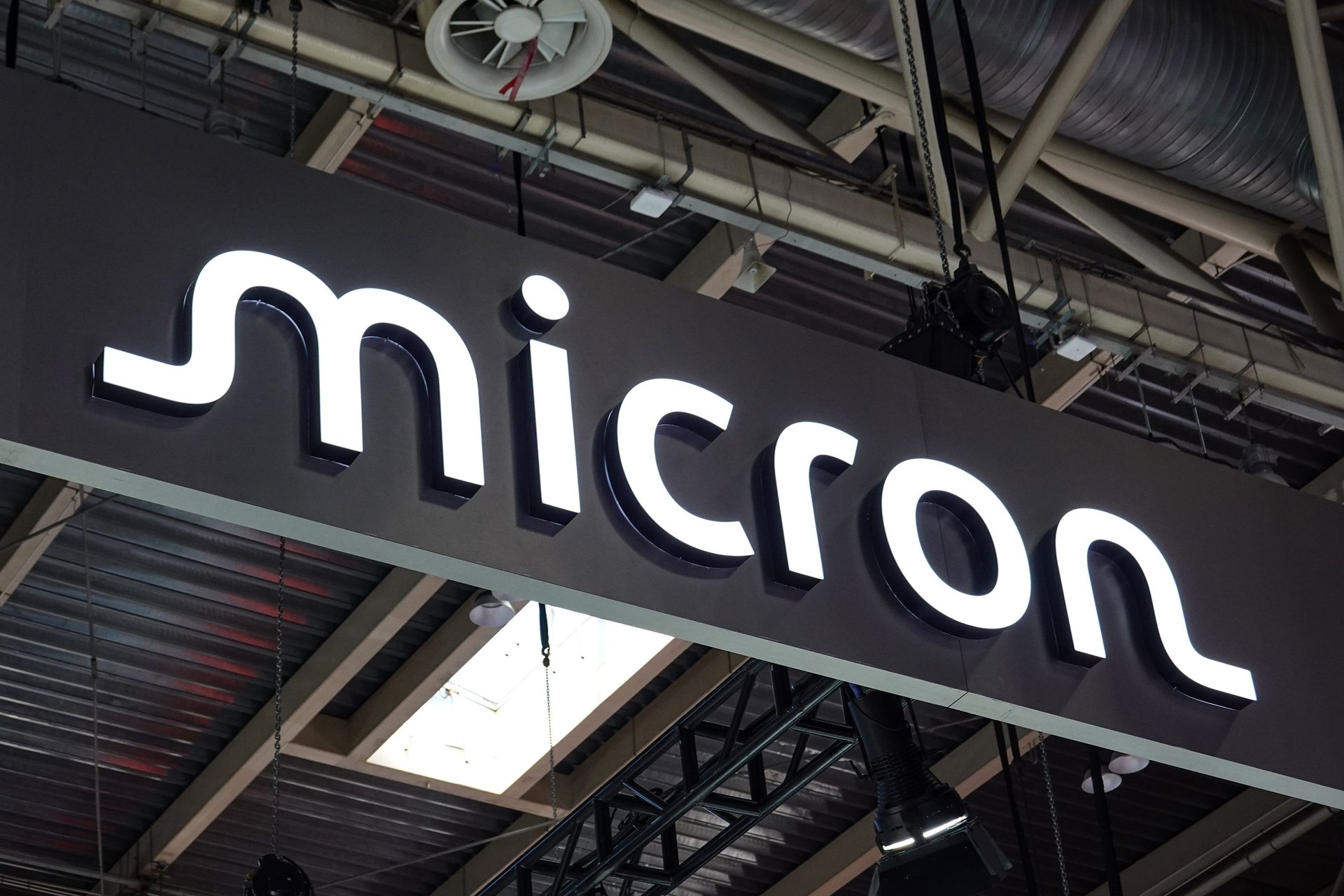Micron's monster year puts AI's big potential and persistent risks on full display
The Idaho-based chipmaker records another blowout, but Wall Street hesitates before the bell

Sheldon Cooper/SOPA Images/LightRocket via Getty Images
Micron closed out fiscal 2025 with another blowout quarter, riding the AI boom to record revenue and bigger profits.
The Idaho-based chipmaker reported $11.3 billion in revenue, up 22% from last quarter and a whopping 46% from a year ago. Adjusted earnings came in at $3.03 a share, up from $1.91 last quarter and — are you sensing a pattern here? — well ahead of the $1.18 reported last year.
AI demand is everything
Unsurprisingly, AI-heavy demand once again did the heavy lifting. Micron’s data-center business accounted for more than half of total sales in its fiscal 2025, with high-bandwidth memory (HBM) revenue nearly doubling from last quarter to almost $2 billion. CEO Sanjay Mehrotra called fiscal 2025 a “record-breaking year,” pointing to the company's market leadership in HBM and DRAM and the ramp of next-generation HBM4, which the company is now sampling with customers.
For the full year, Micron delivered $37.4 billion in revenue, up nearly 50% from 2024, while non-GAAP net income jumped more than 10 times to $9.5 billion. Gross margins grew to 41% from 24% a year earlier, the product of both higher prices and more constrained industry-wide supply.
In all, the company generated $17.5 billion in operating cash, giving it lots of gas as it invests heavily in new facilities in Idaho, Japan, and New York, supported in part by some $6 billion in U.S. CHIPS Act grants.
What's next, and why is the stock falling premarket?
Looking ahead to the all-important future: Micron sees first-quarter 2026 revenue of $12.5 billion, with gross margins crossing the 50% high-water mark for the first time in years. Adjusted EPS looks set to come in around $3.75. Those targets represent new records for the company and underline just how pivotal AI infrastructure has become to its business. Against that, Wall Street seems to find the projections not nearly as exciting as one might think, at least at first glance. Shares of Micron fell 1% premarket on Wednesday, even as all major indexes looked set to open in the green.
What gives? Well, perhaps it’s the law of blowouts. The more you deliver, the more accustomed the market becomes. And what’s more, Micron’s path isn’t without risk. The chip industry is notoriously cyclical, and management acknowledged that tariffs or shifts in global supply chains could emerge.
That could be read as shorthand for the widespread “uncertainty” over many aspects of federal economic policy that are acting as a double-edged sword for all U.S. businesses, with those who court federal favor enjoying boons — but that spirit creating a ‘the administration taketh and the administration giveth away’ dynamic, which has caused unease among company leadership across market caps. In short, federal policy remains a wildcard, with subsidies and attention boosting some projects even as risks loom.
The takeaway
For now, with AI fueling both server demand and DRAM pricing, Micron is perched comfortably in the boom stage of the cycle. “As the only U.S.-based memory manufacturer, Micron is uniquely positioned to capitalize on the AI opportunity ahead,” Mehrotra said. And he would know. But it’s not possible to know everything.
